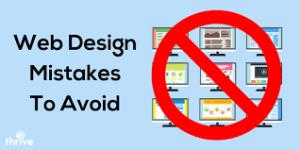Website traffic is the primary metric for determining the success of your website. It is an important metric for tracking visitor interest, measuring content consumption, calculating conversion rates, and generally improving your online visibility.
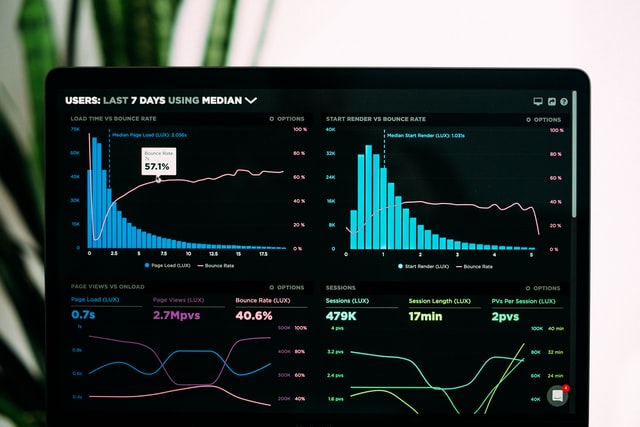
Talking about traffic, the most important thing is to drive high-quality traffic, which can lead to higher conversion rates and more sign-ups. I am going to share with you 9 sure ways to drive quality traffic to your website in 2022. The list is open for discussion; feel free to share your opinion in the comment section below.
Table of Contents
What Is Quality Traffic?
Why it is becoming more difficult to drive high-quality Traffic to your website?
Different Types of traffic available online
9 Ways to drive high-quality traffic to your website in 2022
Summary
What Is Quality Traffic?
Quality traffic refers to visitors who are genuinely interested in what you have to offer. When people come to your website through organic searches, paid ads, or social, they should be willing to engage with your products and/or services.

A visitor who clicks on an ad just because they were bored or wanted something to do isn’t a high-quality visitor. Those are the people who will not engage with your website in any way – they won’t become customers and won’t even bother clicking on the links on your page.
Why it is becoming more difficult to drive quality Traffic to your website?
One of the biggest challenges you will face in your business is driving high-quality traffic to your website. One of the reasons it is becoming more difficult to drive high-quality traffic to your website is because of the increasing number of websites that are being launched each day.

Websites are an essential requirement for every business these days. Whether you are offering a product or service, having a website can help you reach more customers across multiple channels. A website can help you provide information about your company’s products and services, educate your customers, as well as enable them to make a purchase online.
Another reason it has become increasingly difficult to drive high-quality traffic to your website is that more businesses are adopting digital marketing strategies. Therefore, you need to find a way to make your business stand out from the crowd. It is 2022 and the conventional methods of driving traffic such as SEO, PPC, and social media marketing are losing their efficacy in driving quality traffic.
Different Types of traffic available online
Understanding traffic is the most important aspect of any business as a business owner. Russell Brunson, a digital marketing expert, explains in his book ‘Traffic Secrets’ that there are three types of traffic available to websites. Russell also discusses the three types of traffic in this video, which are as follows:
• Traffic that you do not control;
• Traffic that you can control but do not own; and
• Traffic that you do own.
Traffic that you do not control
The traffic you don’t control is traffic or audiences not on your email list or who don’t follow you on social media. They are people who learned about your presence through other means, such as word of mouth, social media, and other blogs or websites.
Traffic that you can control but do not own
This is the type of traffic you get when you run ads, whether they are Google Ads, Facebook Ads, or promotions on other platforms. In this case, the companies own the traffic, not you. You are simply leveraging their data to generate traffic, but you have control over who you target and how much traffic you generate by spending more or less.
Traffic that you own
Simply put, the traffic you own is the best kind of traffic; these are people on your email list, followers, customers, and so on. These are your devoted customers; they believe in and rely on your products and services.
How is website traffic quality measured?
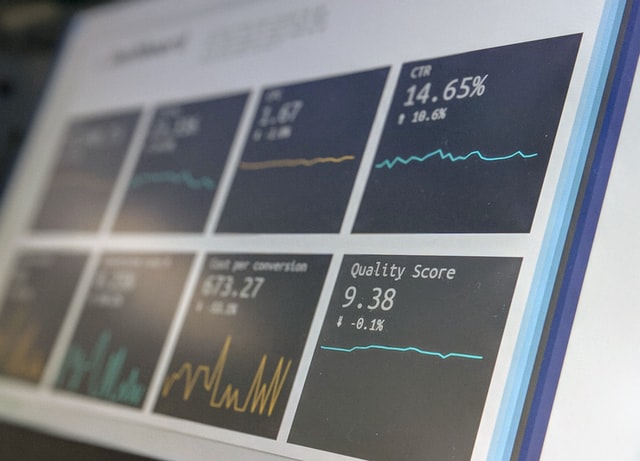
The quality of website traffic is measured by many different factors, including:
Visits per day (VPD) –
This measures how many times a visitor visits a site per day. A high VPD value is a good indicator of the quality of your website’s traffic.
Time on site (TOS) –
This measures how long visitors spend viewing your content. A high TOS value is an indication that your content is engaging and useful to users.
Page views –
This measure tells you how many times a user has viewed each page on your site. A high page view count is an indication that your site has an active audience and that users are interested in what you have to offer.
Engagement rate –
This number indicates how long users spend on your site once they arrive there, compared with other sites in the same category. The higher the engagement percentage, the better!
9 Ways to drive high-quality traffic to your website in 2022
1. Optimize Your Website for Search Engines (SEO)
Search engines like Google help us find information online. There’s no point in having a beautiful website if people can’t find it through Google. That’s why search engine optimization (SEO) is so important. Google wants to provide the best possible search results for its users, so it uses an algorithm to determine which websites come up first in search results.

SEO is the process of making your website easier for these algorithms to understand and rank highly in results. The more optimized your site is for search engines, the higher you’ll rank in search results and then you can drive more high-quality traffic to your website.
Check out our post on 9 Most Important SEO Trends | Tips and Hacks You Need to Know in 2022
2. Optimize your page titles, page descriptions, and URL
Another very important way to drive quality traffic to your website in 2022 is by optimizing your page titles, page descriptions, and URL. Page titles are the clickable blue links you see on a Google search results page. They give users an indication of what to expect from clicking on the link, but they also help Google understand what web pages are about. In fact, page titles are 50–60% of what Google looks at when deciding how to rank your content.
Your page titles should be short, with as much focus as possible on your keywords. They should also accurately reflect what visitors will find when they click through. Your descriptions should use your keywords but be written in a way that makes them sound natural.
3. Know your Audience and what they want
Understanding the needs and desires of your ideal customers is a core element of marketing. If you don’t know what your customers want, how will you know what to offer them? What messages are you going to use to convince them to buy from you instead of your competitors? How will you know what type of content and offers to create?

Google published four new moments that every marketer should know. These include:
- I-want-to-know moments. This includes searches for news, general knowledge, how to return an item you bought online, etc.
- I-want-to-go moments. These are searches that are location-specific when a user wants to find something nearby.
- I-want-to-do moments. These include searches for how to fix your dishwasher, how to grow tomatoes, a new recipe for tonight, etc.
- I-want-to-buy moments. This can be anything related to reading reviews or searching for information on buying something large or small.
Knowing your audience is critical for all areas of digital marketing, but it’s especially important when it comes to generating high-quality traffic.
Check out our post on 7 steps to unmistakably identify your ideal client for your business
4. Develop Great Content for your Audience- It’s about what they want
Did you know ‘businesses that blog get 55% more website visitors than businesses that don’t.’ Do You know why? Right! Content, Great Content! When it comes to building awareness, creating great content can attract high-quality backlinks, which are an important part of any SEO strategy and will drive quality traffic to your website over time.
Creating great content that attracts links is also important for SEO because Google looks at the number of links a website has to determine how popular the site is, and ranks it accordingly. On top of that, great content can be optimized for search engines so people searching on Google can find it — this is another way it can drive organic traffic to your website. You can also use content to generate leads by including calls to action in your articles that encourage people to download more information or subscribe to your email list.
Like we are calling out to you to please drop a comment in the comment section about what you think so far about this post.
5. Create awesome Visuals for your content
Create awesome images for your content and share them on Pinterest to increase website traffic. The reason for this is that video and image-based social media platforms, such as Pinterest and Instagram, will rule the internet in 2022.
Pinterest is a fantastic platform that has the potential to drive a lot of high-quality traffic to your website. “Pinterest drives more traffic than Google Plus, YouTube, and LinkedIn combined,”- according to statistics. Create visually appealing images for your content and share them on Pinterest with the appropriate link if you want to drive quality traffic to your website in 2022.
Use design tools like Canva to illustrate concepts, visualize data, and recreate charts in your branding. When other sites use your images, they’ll link back to your site. Plus, Google is showing more images in regular Search results, giving you more opportunities to rank and increase the appeal (and therefore click-through rate) of your result.
6. Always Share Your Content on Social Media
Here’s the rule – Turn one blog post into at least 10 social media posts.
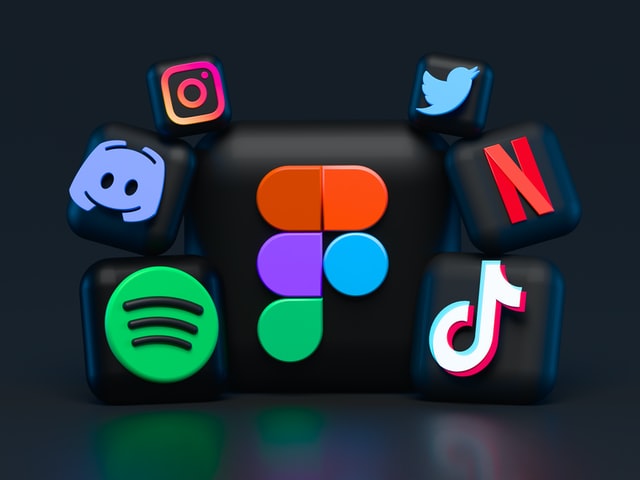
Social media is one of the best ways to drive quality traffic to your website- Pages, Forums, Communities, Groups, etc. Search Engine Journal recently published a study on how frequently businesses should post on social media. They found that by posting more than once a day, companies were able to increase their followers by 70%. If you want to boost your social media ROI, use one or two blog posts and turn them into 10 different social media posts.
First, write down a list of 10 questions related to the subject matter in your blog post. Then, create a social media post for each question. You can also create several different versions of each question and turn them into social media images using tools like Canva and Pablo by Buffer.
7. Optimize your website for mobile devices and Keep an eye on your loading times and file sizes
The world is shifting toward a mobile-first approach to digital marketing and for good reason. Mobile devices account for nearly 60 percent of all online traffic, and Google continues to update its algorithms to favor sites that are optimized for mobile devices. To ensure your mobile presence doesn’t hinder your ability to drive quality traffic to your website, you have to keep an eye on your loading times and file sizes.
A slow site or massive files can be detrimental to user experience on mobile devices, especially if users are accessing your site via a cellular network.
8. Add your page to the Google Search Console
Another step to driving quality traffic to your website is adding your site to the Google Search Console. This will give you access to important information about how Google sees your website and notify you if there are any major issues that need fixing.
When you publish a new page on your website, it’s not automatically submitted to Google for indexing. As a result, the page won’t appear in Google search results. In order to get your page indexed and ranked on Google, you first need to add the page to the Google Search Console. It’s a free tool that allows you to submit a sitemap and individual URLs for indexing.
To add your page to the Search Console:
- Go to Google search console
- Click “Add a property” and select your website
- Confirm ownership of your website
- Click “URL Inspection” and enter the URL of the page you want to be indexed
You’ll see if the URL is already on Google or if it hasn’t been indexed yet. If it hasn’t been indexed yet, click “Request Indexing” at the top of the screen. This will help you better understand how people are finding your website and what they’re looking for once they find you. Google will also notify you of any potential errors with your website, giving you the chance to fix them before Google penalizes you for them.
When you know which area of your website is faulty, you can tweak it to drive more traffic to your website.
9. Claim local listings
If your business has a physical location or addresses specific locations, claiming and optimizing local listings is a great way to drive traffic from local searches. Since most consumers use search engines for local searches, it’s important that your business shows up. Claiming local listings can also help improve rankings for other keywords as well.
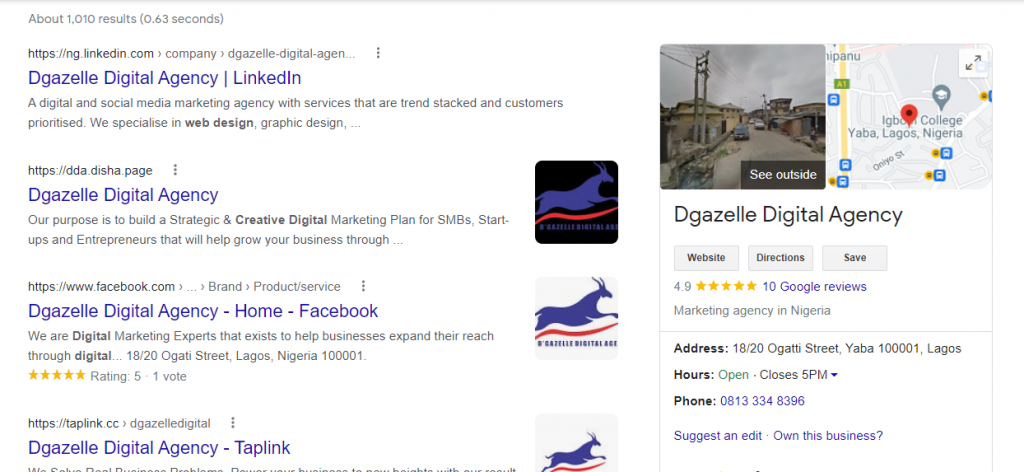
While there are plenty of local listings out there, Google My Business (GMB) is the most important one. This is because Google is the most popular search engine, and GMB is directly tied to Google’s search results. In fact, Google My Business profiles show up as a box on the right side of the page in certain searches.
Summary
Here are the 9 Ways on how to get traffic to your website fast in 2022
- Optimize Your Website for Search Engines (SEO)
- Optimize your page titles, page descriptions, and URL
- Know your Audience and what they want
- Develop Great Content for your Audience- It’s about what they want
- Create awesome Visuals for your content
- Always Share Your Content on Social Media
- Optimize your website for mobile devices and Keep an eye on your loading times and file sizes
- Add your page to the Google Search Console- and get it Audited
- Claim local listings
Feel free to share your opinion in the comment section below.


